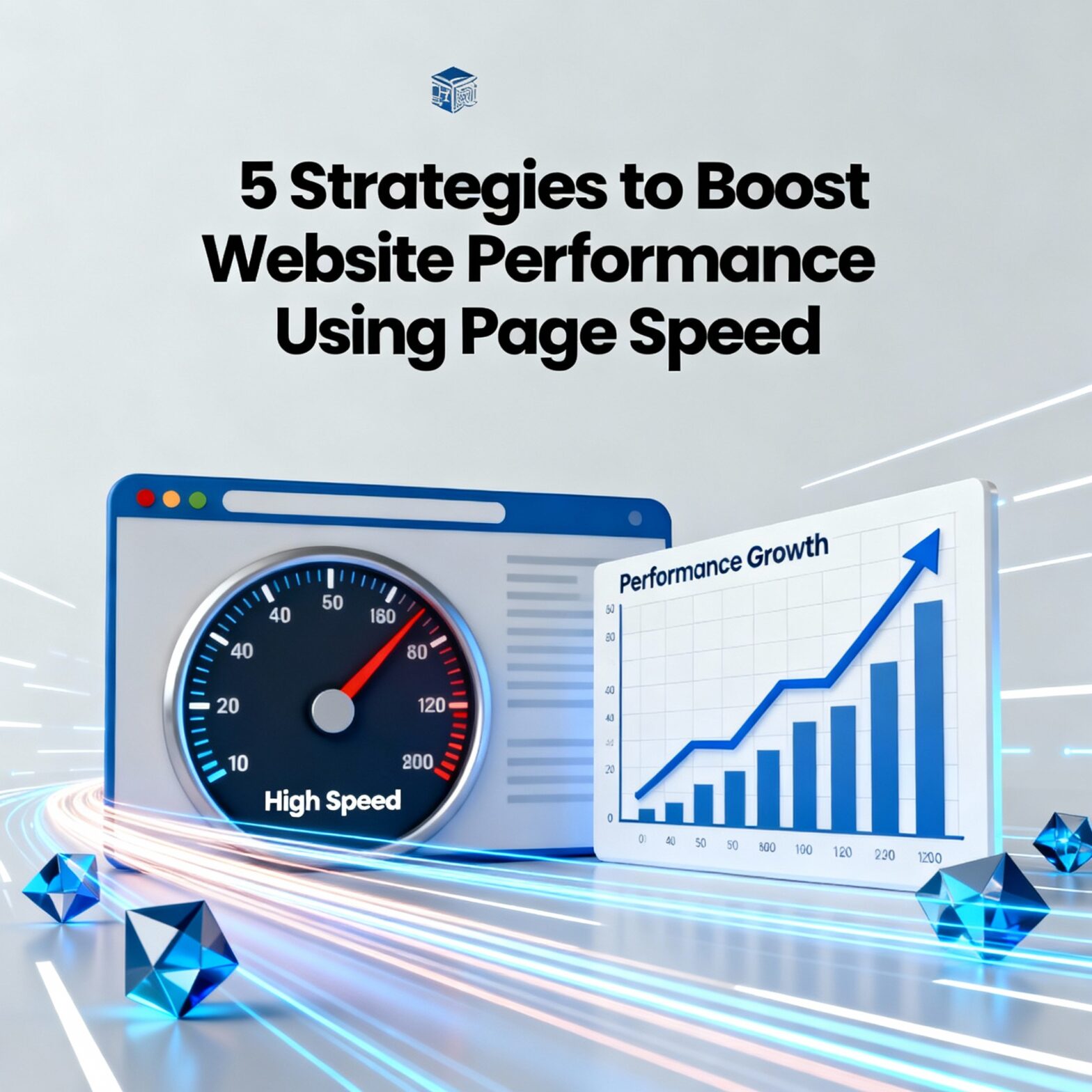Page speed is a vital aspect of web performance, directly impacting user satisfaction, engagement, and search engine rankings. For businesses like IRIS Web Technologies, improving page speed is essential to providing a smooth digital experience for users. This article explores five effective strategies to enhance your website’s speed and performance.
1. Analyze Your Current Page Speed
The first step in improving page speed is identifying existing bottlenecks. Tools such as Google PageSpeed Insights and GTmetrix offer detailed metrics, including:
- Loading Speed: How quickly your page’s visible content appears.
- Core Web Vitals Metrics: Key indicators such as Largest Contentful Paint (LCP), First Input Delay (FID), and Cumulative Layout Shift (CLS) that measure user experience.
By regularly reviewing these metrics, you can pinpoint issues like unoptimized images or inefficient scripts that slow down your site.
2. Optimize Media Files
Large media files often contribute to sluggish page load times. To address this:
- Compress Images: Use tools like TinyPNG or ImageOptim to reduce file sizes without affecting quality.
- Adopt Modern Formats: Transition to formats like WebP for better compression and faster loading.
- Implement Lazy Loading: Delay the loading of off-screen images until they’re needed.
These methods not only improve loading times but also maintain the visual appeal of your website.
3. Streamline Your Code
Cluttered or unoptimized code can hinder performance. To improve efficiency:
- Optimise File Size: Eliminate unnecessary code, spaces, and comments in CSS, JavaScript, and HTML to streamline your website’s performance.
- Combine Scripts: Merge multiple CSS and JavaScript files to reduce server requests.
- Load Scripts Asynchronously: Allow scripts to load in parallel, preventing delays in rendering.
At IRIS Web Technologies, we understand that clean code is key to maintaining a fast and reliable website.
4. Enable Browser Caching
Browser caching lets visitors store elements of your site locally, reducing the time it takes to load pages on subsequent visits. To set up caching:
- Adjust your server’s
.htaccessfile or use plugins like W3 Total Cache for WordPress. - Define expiration times for static assets such as images and stylesheets.
This simple adjustment can make a noticeable difference for returning users.
5. Utilize a Content Delivery Network (CDN)
A CDN distributes your website’s content across multiple servers globally, ensuring faster delivery to users regardless of their location. The benefits include:
- Quicker Loading Speeds: Content is delivered from the closest server.
- Improved Reliability: CDNs handle high traffic volumes without compromising speed.
- Added Security: Many CDNs offer protection against DDoS attacks.
Consider using CDNs like Cloudflare or Amazon CloudFront to enhance your site’s performance.
Conclusion
For businesses aiming to deliver exceptional user experiences, improving page speed should be a priority. By implementing these strategies, you can create a faster, more efficient website that engages users and improves conversions.
At IRIS Web Technologies, we specialize in crafting high-performing websites designed for optimal speed and functionality. Regularly optimizing your website ensures long-term success and keeps users coming back for more.

